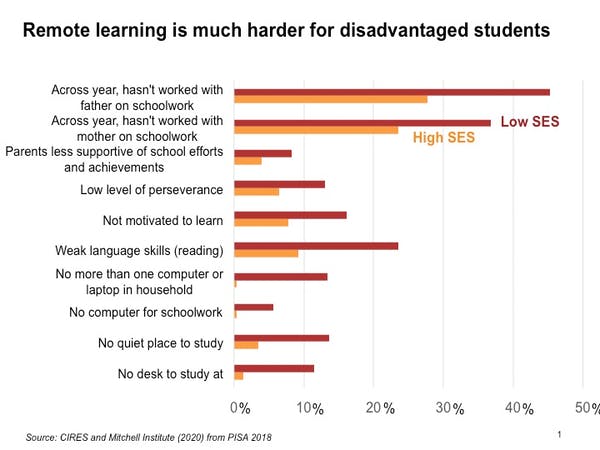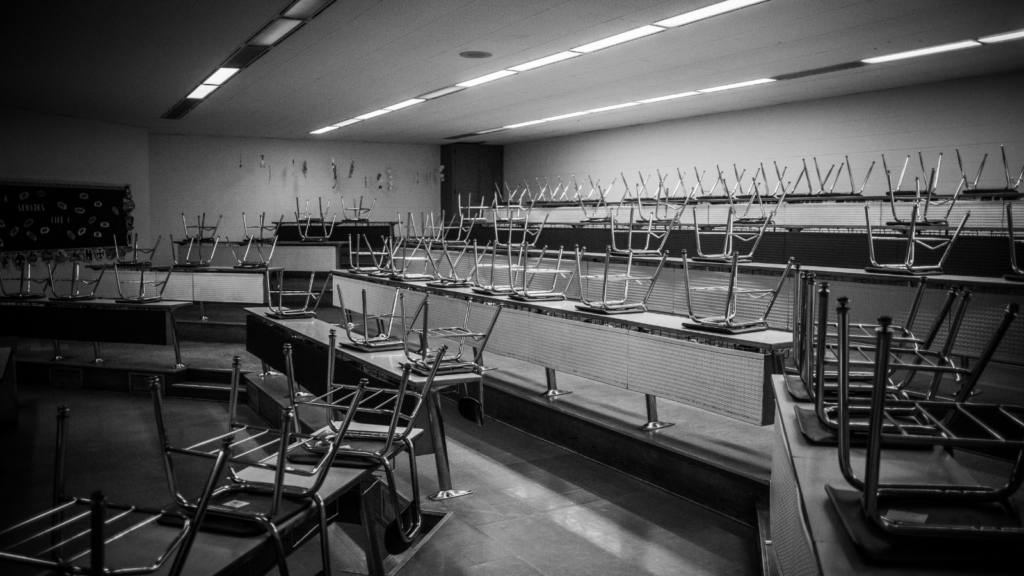The shock of the covid-19 crisis on education has been unprecedented. An estimated 1.5 billion students have been affected by school closures globally. This represents more than 91 percent of the total student population (UNESCO, 2020).
The covid-19 pandemic has shed light on the unpreparedness of infrastructure, education systems, programmes and people for ensuring the continuity of teaching and learning in such a situation. The crisis crystallizes the dilemma policymakers are facing between closing schools (reducing contact and saving lives) and keeping them open (allowing workers to work and maintaining the economy).
Impact on children’s learning
Homeschooling is not only a massive shock to family routines, parents’ productivity, children’s social life, and teachers – students learning interaction. Teaching and learning process is moving online on an untested and unprecedented scale with lots of trial – error and uncertainty for everyone. These will not just be a short-term issue, but also have long term consequences for the affected and likely to increase inequality.
The long absence due to school closures certainly has a negative effect beyond education levels, such as child labor and child marriages. As the pandemic and related economic fallout continue, there will be more incentive to work and earn rather than to learn.
Why Disadvantaged children lose out
While schools are moving online, we have to remember that not all children start out digitally equal. Children who have unlimited broadband internet at home might do just fine in this new situation. But children living remotely whose internet is intermittent and not fast or reliable enough to cope with online learning, and those in large families sharing limited digital devices, may get left behind.
Even if remote learning worked well, disadvantaged children are likely to have learnt at about 50% of their usual rate. This means they would have lost about one month of learning over two months of remote schooling.

When you add in additional family stress, such as parents facing sudden unemployment, extra anxiety and little experience supporting their children’s learning the educational outcomes for vulnerable children will almost certainly go backwards.
Impacts on educators roles
By mid April 2020, 94 percent of learners worldwide were affected by the pandemic, representing 1.58 billion children and youth, from pre-primary to higher education.
From the onset of the pandemic, teachers and educators were immediately tasked with implementing untested and unprecedented distance learning modalities, often with insufficient guidance, training or resources. The covid-19 crisis has highlighted that both the initial and in-service teacher education are in need of reform to better train teachers in new methods of education delivery.
Till date, 63 million primary and secondary teachers are affected in +165 countries. With teachers scrambling to adjust to virtual interactions, the role of teachers become more like coaches and mentors, where they can point students to very good online lectures / resources and then be there to provide guidance and feedback and to make connections across topics.
Impacts on families & Communities
With schools are still closed in more than 190 countries and the education of 1.27 billion children and youth are disrupted, families are expected to support children’s remote learning. In reality, many parents are finding it difficult to manage this task more meaningfully due to the demand for work and childcare. Women bear the most burden, as they often have a key role in childcare and children’s schooling. Increasing financial pressures, in addition to pre-existing social issues, are contributing to increased domestic violence cases globally.
This crisis shows us the consequences a lack of basic literacy skills can have. Movement restrictions and lockdowns are only magnifying the already existing literacy challenges. Till date, at least 773 million youth and adults globally lack basic levels of literacy and numeracy, two-thirds of them are females and facing multiple disadvantages. They are often unable to acquire decent jobs, suffer from hunger and bad health, cannot make informed choices, and are excluded from interaction and full participation in society.
Moving forward – Reimagine education and accelerate in teaching and learning
So, what can be done to mitigate these negative impacts ? How can we as part of society unlock the potential of the community to rediscover the joy of learning from one another – in this situation – a small community becomes the centre of learning for children ?
Non-literate youth and adults will most likely be the hardest hit by educational, social and economic impacts of COVID-19. This pandemic shows us the urgency of investing in literacy for everyone – young and old. We cannot leave anyone behind. We must act now.
It is critical that literacy for learners of all ages be integrated into global and national COVID-19 responses and recovery plans. We must ensure the continuity of learning, improved provision, and enhanced national lifelong learning systems and capacities.
It is important to learn that the best way to address the crisis of COVID19 is through the lens of “we” rather than “I”. The education response to the crisis could also be seen as an opportunity to take into and position family and community learning more centrally in the distance and online school education model. The accumulated collective wisdom, local knowledge, diverse experiences, and emerging alternative learning resources are all assets for tomorrow’s educational plans and programmes, as well as for informing and strengthening the system’s preparedness for future crises.
It is important to learn that the best way to address the crisis of COVID19 is through the lens of “we” rather than “I”. The education response to the crisis could also be seen as an opportunity to take into and position family and community learning more centrally in the distance and online school education model. The accumulated collective wisdom, local knowledge, diverse experiences, and emerging alternative learning resources are all assets for tomorrow’s educational plans and programmes, as well as for informing and strengthening the system’s preparedness for future crises.


